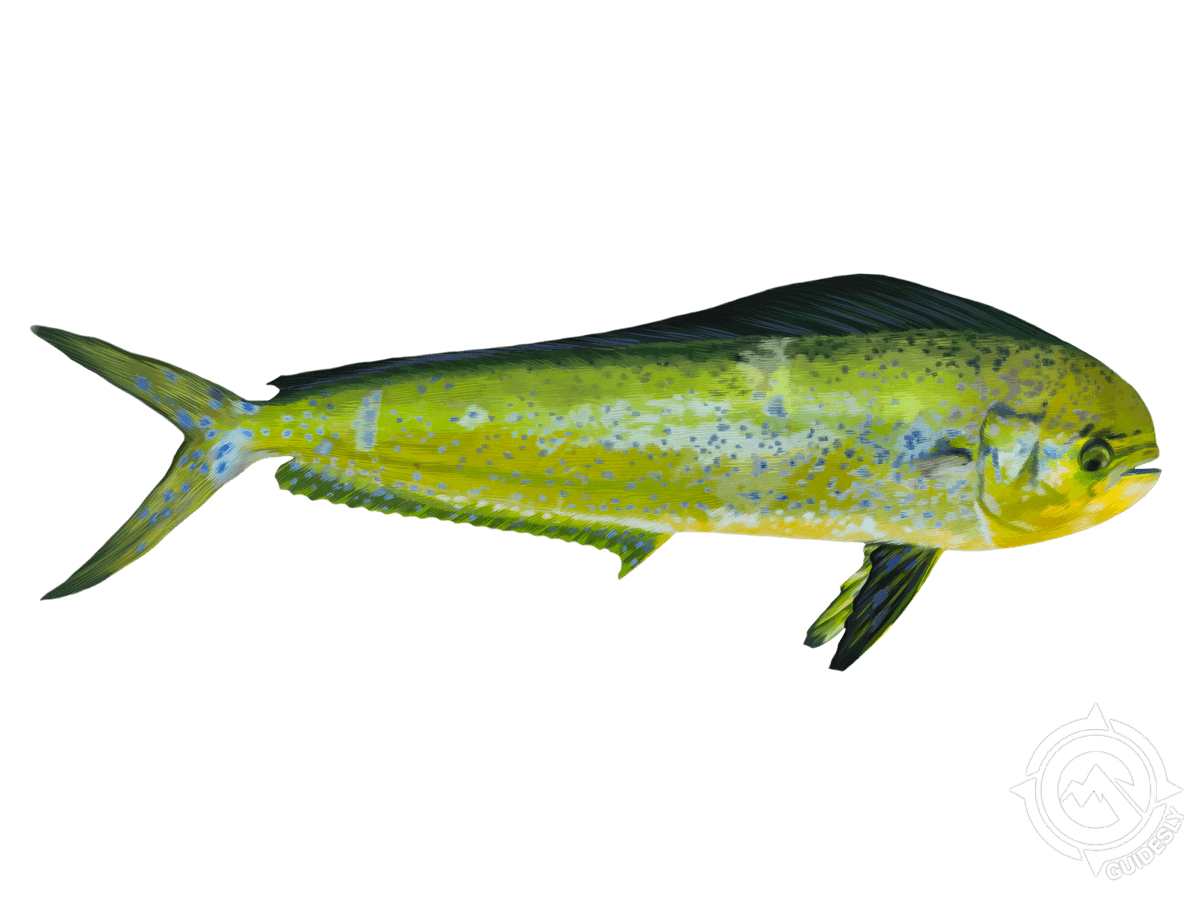Expert-Guided Offshore Fishing in Jensen Beach
- Published Date: July 17, 2025
- Fishing
- Jensen Beach, FL
- $500 - $1,000 price range
- Updated Date: October 2, 2025
Summary
Get ready for an awesome 4-hour offshore fishing trip out of Jensen Beach. We'll head out to where the big fish are biting, targeting pelagic species in the open water or checking out the lively reefs. This trip's perfect whether you're after some trophy gamefish or just want to enjoy the non-stop action of reef fishing. Our crew knows these waters inside and out, and we've got top-notch gear to set you up for success. You'll feel the excitement as you battle with your catch, all while taking in the stunning ocean views. Don't worry if you're new to fishing - we welcome anglers of all skill levels and our team will make sure you have a great time out there. With room for up to 4 guests, it's an ideal outing for a small group looking to make some memories on the water. Grocery Cart Fishing Charters has you covered for a solid day of offshore action.
%2F%2Fusers%2F0131f162-b205-42e6-8328-fb3694f47377%2Fratecard%2Ffc671663-ece1-42b9-b46d-4d8557b68178.jpeg&w=1200&q=75)
Reels and Rods


Epic 4-Hour Offshore Adventure in Jensen Beach
Hey there, fellow fishing enthusiasts! Ready to ditch the shore and hit the big blue? Our 4-hour private offshore trip out of Jensen Beach is just the ticket. We're talking serious deep-sea action, where the fish are bigger, the fights are harder, and the stories? Well, they just keep getting better. Whether you're a seasoned pro or it's your first time wetting a line offshore, we've got you covered. So grab your sunscreen and let's dive into what makes this trip a can't-miss experience for any angler worth their salt.
What's the Deal Out There?
Picture this: You're cruising out past the breakers, the coastline shrinking behind you as the vast Atlantic opens up. The air's salty, the sun's warm on your face, and there's that electric buzz of anticipation. That's what you're in for on our 4-hour offshore jaunt. We'll be targeting the big boys - we're talking sailfish that'll make your reel sing, mahi-mahi that'll test your strength, and amberjack that'll have you questioning your life choices (in the best way possible). Our crew knows these waters like the back of their hand, so we'll put you right on the fish. And with a max of 4 guests, you're getting the VIP treatment. No elbow-bumping or "fish-off" here - just pure, unadulterated fishing bliss.
Rods, Reels, and Reeling 'Em In
Alright, let's talk shop. Offshore fishing isn't your grandpa's lazy day at the pond - this is the major leagues. We'll be using heavy-duty gear that's up to the task of wrestling with some serious fighters. Depending on what's biting, we might be trolling with spreader bars and ballyhoo to entice those pelagics, or dropping live bait down deep for the reef dwellers. Don't sweat it if you're new to this game - our crew will walk you through everything from setting the drag to the perfect hook-set. And when that line starts screaming? Well, buddy, that's when the real fun begins. You'll be working those muscles you forgot you had, but trust me, the burn is worth it when you're posing with your trophy catch.
Species Spotlight: The Big Five
Let's break down the headliners you might tangle with on this trip:
Atlantic Sailfish: These acrobatic beauties are the pride of Jensen Beach. Known for their stunning aerial displays, sailfish can hit speeds of up to 68 mph. They're most active in the cooler months, from November to May. Hooking into one of these bad boys is like trying to reel in a Ferrari - fast, powerful, and utterly thrilling.
King Mackerel: Also known as "kingfish," these toothy critters are the speedsters of the sea. They're around most of the year but peak in spring and fall. Kings are known for their blistering runs, often stripping 100 yards of line in seconds. Landing a big king is a badge of honor for any offshore angler.
Mahi Mahi: These neon-colored fighters are as beautiful as they are delicious. Mahi (also called dorado or dolphinfish) are most prevalent in the warmer months. They're known for their acrobatics and stamina - a 20-pounder will give you a workout you won't soon forget. Plus, they're excellent table fare, so you might be taking home dinner!
Greater Amberjack: Affectionately called "reef donkeys" by those who've tangled with them, amberjack are the bulls of the ocean. These bruisers hang around wrecks and reefs year-round but are most active in spring and fall. Be ready for a serious battle - AJs are known for their powerful runs and never-say-die attitude.
Cobia: These curious fish are sometimes called "crab eaters" or "lemonfish." They're opportunistic feeders and can be found year-round, with a peak season in spring. Cobia are known for their strange behavior at the boat - they often hang around, giving anglers multiple shots. But don't let that fool you; once hooked, they put up a stubborn, dogged fight.
Why Anglers Can't Get Enough
Look, I could go on all day about the technical stuff, but here's the real deal: There's something magical about being out there on the open water. Maybe it's the way the sun glints off the waves, or that moment of pure adrenaline when a fish strikes. Could be the camaraderie of sharing those "you should've seen it!" moments with your crew. Whatever it is, this trip delivers it in spades. We've had first-timers catch the fishing bug for life and old salts discover their new favorite spot. It's not just about what's on the end of your line - it's about the whole package. The salt spray on your face, the gentle rock of the boat, the thrill of the unknown beneath the waves. That's the stuff that keeps folks coming back year after year.
Time to Get Your Fish On
So, what do you say? Ready to trade the daily grind for some serious rod-bending action? Our 4-hour offshore trip is the perfect taste of what Jensen Beach waters have to offer. Whether you're looking to check "catch a sailfish" off your bucket list, want to put some fresh mahi on the table, or just need a solid dose of salt air and sunshine, we've got you covered. Remember, with only 4 spots available, these trips fill up faster than a kingfish can strip your reel. So don't wait - give us a shout and let's get you out there where the big boys play. Trust me, your future self will thank you when you're reliving those "fish of a lifetime" stories. Tight lines, and we'll see you on the water!
Learn more about the species
Atlantic Sailfish
Cobia are hard-fighting fish that'll give you a run for your money. They typically grow to about 6 feet and 100 pounds, with a dark brown color that can make them look like sharks from a distance. You'll find them hanging around reefs, wrecks, and buoys in 30-70 feet of water, especially during their spring spawning run. Cobia love structure, so look for rip lines and current breaks. They're prized for their firm, tasty meat, which makes landing one extra rewarding. To catch cobia, try sight fishing with bucktail jigs in the 4-8 oz range. Any color will work, but match the hatch if you can. These solitary predators aren't picky eaters, so experiment with crankbaits, topwater lures, and eel imitations too. My local tip: keep an eye out for rays - cobia often follow them looking for an easy meal.

Cobia
Mahi-mahi, also called dorado or dolphinfish, are some of the prettiest fish in the ocean. They're known for their vibrant blue, green, and yellow colors that fade quickly after being caught. Most run 15-30 pounds, but they can get up to 50+. You'll find them in open water, often near floating debris or weed lines. They're available year-round but peak in summer. Anglers love mahi for their acrobatic fights and delicious meat. To catch them, troll with ballyhoo or small lures near floating structure. Casting live bait or bright jigs to visible fish works great too. Mahi often travel in schools, so when you hook one, keep it in the water to attract others. Local tip: look for frigate birds – they'll often lead you right to the mahi.

Greater Amberjack
King mackerel, or kingfish, are speedsters that'll make your reel sing. These sleek, silver fish typically run 20-40 pounds, though trophy fish can top 100. Look for them in open water from 30-150 feet deep, often near dropoffs or bait schools. They migrate seasonally, so spring and fall are usually best. Anglers love kings for their blistering runs and acrobatic jumps. They're also tasty smoked or grilled. To catch them, try trolling with live bait like blue runners or cigar minnows. Spoons and diving plugs work well too. Kings have razor-sharp teeth, so use wire leaders. Here's a local tip: when you see birds working bait schools, there's a good chance kings are around. Get a live bait in there fast for your best shot at a hookup.

King Mackerel
Cobia are hard-fighting fish that'll give you a run for your money. They typically grow to about 6 feet and 100 pounds, with a dark brown color that can make them look like sharks from a distance. You'll find them hanging around reefs, wrecks, and buoys in 30-70 feet of water, especially during their spring spawning run. Cobia love structure, so look for rip lines and current breaks. They're prized for their firm, tasty meat, which makes landing one extra rewarding. To catch cobia, try sight fishing with bucktail jigs in the 4-8 oz range. Any color will work, but match the hatch if you can. These solitary predators aren't picky eaters, so experiment with crankbaits, topwater lures, and eel imitations too. My local tip: keep an eye out for rays - cobia often follow them looking for an easy meal.

Mahi Mahi or Common Dolphinfish
Greater amberjack are bruisers that'll test your strength. These bluish-grey fish can reach 6 feet and 40 pounds, with a distinctive amber stripe along their sides. You'll find them near offshore reefs and wrecks in deeper water, typically 50-300 feet down. Spring and early summer are prime times as they gather to spawn. Anglers love targeting AJs for their hard-fighting nature - they don't give up easily. Their meat is good eating too, though be aware of potential ciguatera in larger fish. To hook into one, drop live bait or heavy jigs near structure. Metal jigs and live baitfish both work well. These opportunistic feeders aren't too picky. A local trick: when you hook up, get the fish away from the structure fast or it'll likely break you off.

%2Ffit-in%2F250x250%2Fguide_websites%2F20672%2Fimages%2F1737540268556image-2025-01-22t180421.299.png&w=1200&q=100)
%2Fusers%2F0131f162-b205-42e6-8328-fb3694f47377%2Fimages%2Fpeaceful_day_out_open_236559.png&w=768&q=75)
%2Fusers%2F0131f162-b205-42e6-8328-fb3694f47377%2Fimages%2Ffreshly_caught_masterpiece_234313.png&w=768&q=75)
%2Fusers%2F0131f162-b205-42e6-8328-fb3694f47377%2Fimages%2Fsix-fish-caught-florida-2897.png&w=768&q=75)
%2Fusers%2F0131f162-b205-42e6-8328-fb3694f47377%2Fimages%2Ffishing-adventure-fl-2652.png&w=768&q=75)
%2Fusers%2F0131f162-b205-42e6-8328-fb3694f47377%2Fimages%2Frelaxing_day_water_few_316852.png&w=768&q=75)
%2Fusers%2F0131f162-b205-42e6-8328-fb3694f47377%2Fimages%2Flanded_beauty_today_787170.png&w=768&q=75)
%2Fusers%2F0131f162-b205-42e6-8328-fb3694f47377%2Fimages%2Fhooked_nice_catch_lake_270385.png&w=768&q=75)
%2Fusers%2F0131f162-b205-42e6-8328-fb3694f47377%2Fimages%2Fcaught_big_one_open_330706.png&w=768&q=75)
%2Fusers%2F0131f162-b205-42e6-8328-fb3694f47377%2Fimages%2Fcaught_beauty_today_121255.png&w=768&q=75)
